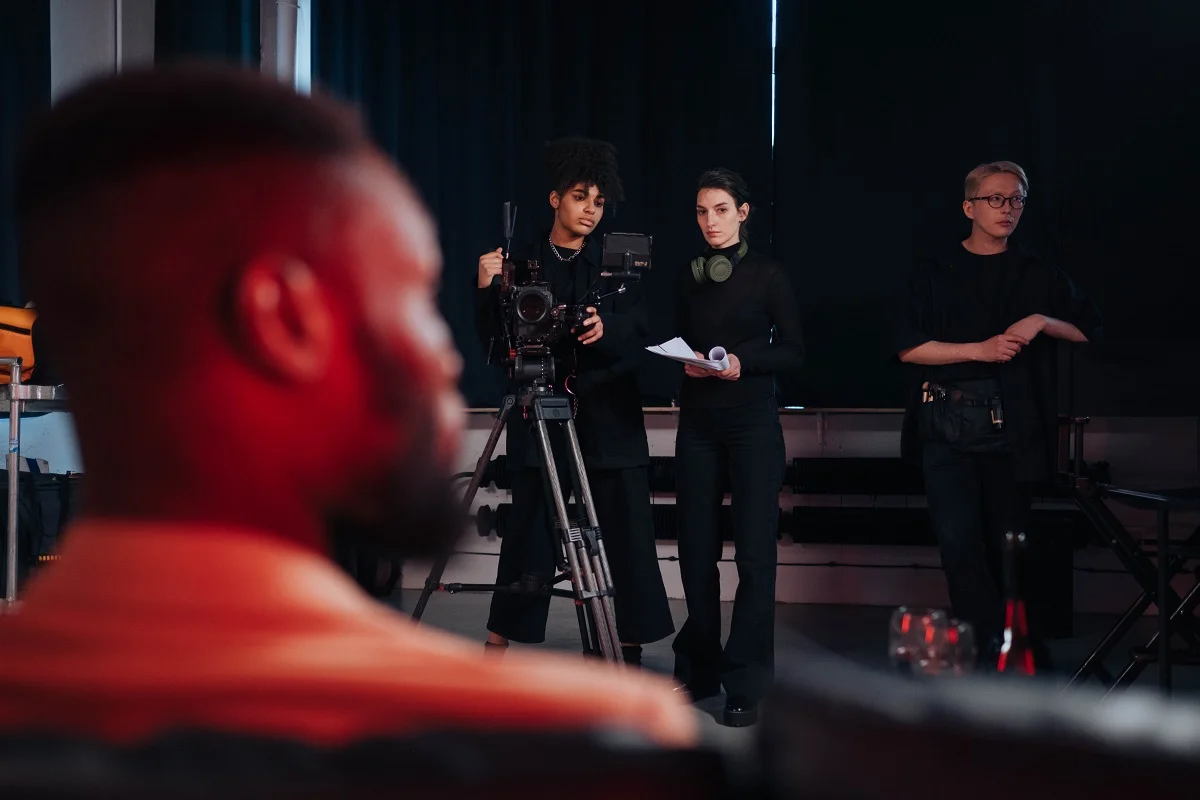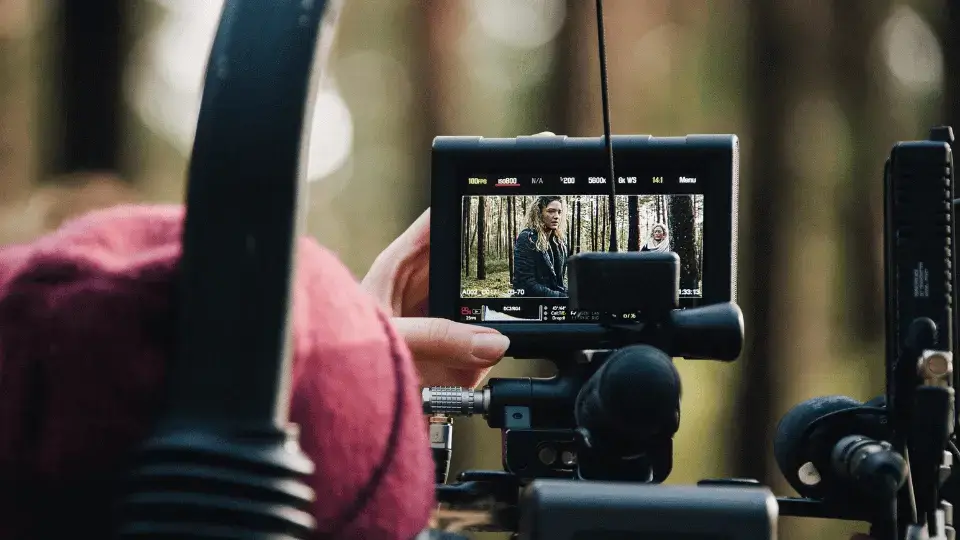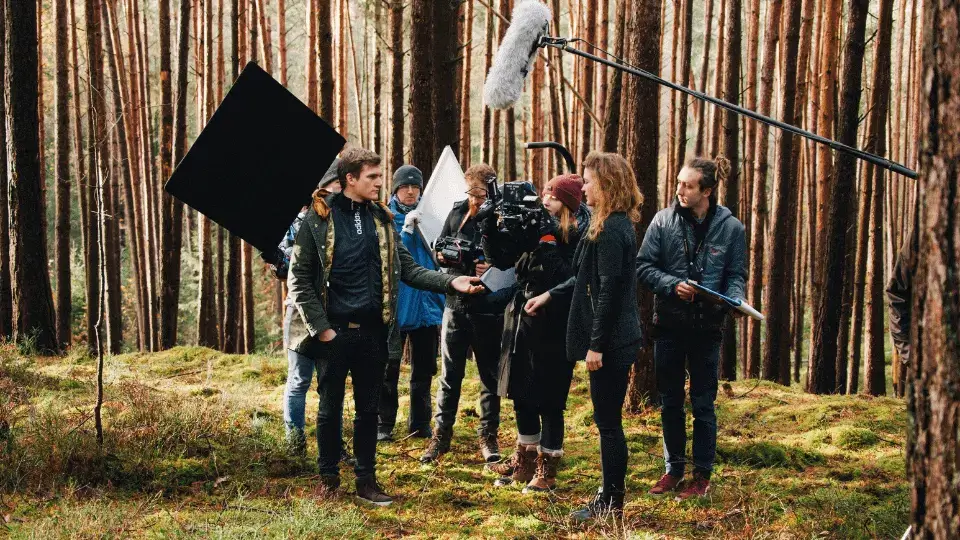Tips and Strategies to Becoming a Successful Production Assistant
Learn the essential tips and strategies to become a successful production assistant in the entertainment industry. Discover the skills needed, gain experience, network, and be proactive. Read this comprehensive guide to kickstart your career as a production assistant. Key takeaways include the importance of communication, attention to detail, reliability, and the opportunity to consider online courses for further industry insights.











